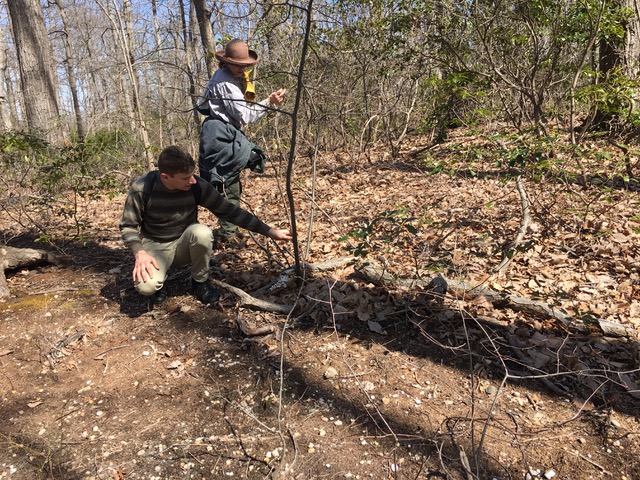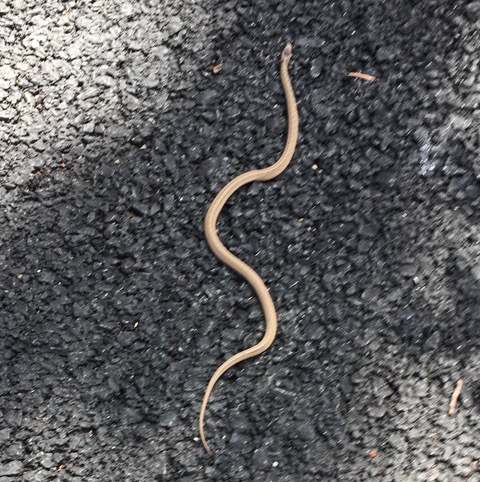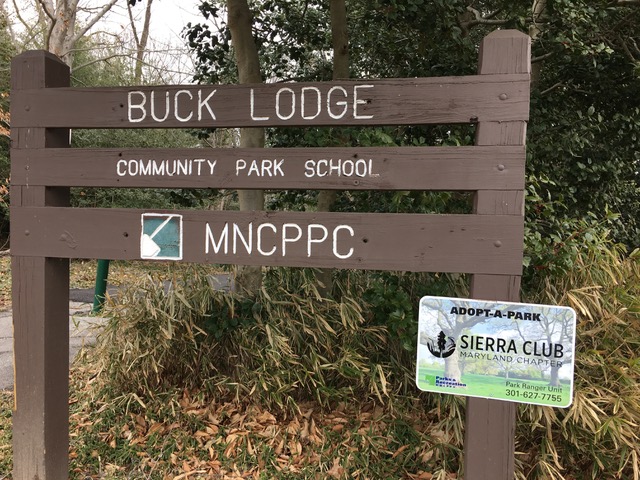Explore Prince George’s County
Located on Maryland’s coastal plain, Prince George’s County is a biodiversity hot spot, with habitats ranging from tidal wetlands to upland forests and meadows. However, rapidly growing population and subsequent economic development has steadily encroached upon our green spaces, with loss of woodlands accelerating in recent decades. As our forests become fewer and more fragmented, preserving our wooded areas becomes more important.
The Prince George’s Group of the Sierra Club hosts monthly outings to special natural areas close to home. These outings highlight the rich variety of flora and fauna native to our county and call attention to potential threats to our natural heritage, from the tidal marshes of Patuxent River Park and the managed forests at Cedarville State Forest in the south, to the Patuxent Research Refuge in the North, and the threatened Anacostia watershed to the west.
The Visit
In March 2019, we visited Buck Lodge Community Park, a small patch of forest bounded by suburban neighborhoods, Buck Lodge Middle School, and Beltsville Agricultural Research Center. Currently, a paved path leads from nearby College Park Woods neighborhood, loops through the park’s woods and connects to the middle school. This path provides crucial access for the community not only to the park, but also to the middle school and its adjacent ball fields. It also is part of a planned system of bike paths that will provide much-needed connectivity from Adelphi all the way to Washington, DC. Buck Lodge Community Park was adopted by the Sierra Club Maryland several years ago and numerous stewardship outings by volunteers and interns have removed invasive species and picked up litter.
The chief threat to this precious island of biodiversity comes from the Maryland State Highway Administration’s plan to build a truck parking lot at the park-and-ride commuter lot at the adjacent interchange between the Capital Beltway and I-95. SHA’s plans would require moving the existing, recently refurbished trail and paving over five acres of woods, decreasing the park’s area by about 20%. The need for infrastructure improvements at Buck Lodge Middle School might also encroach on the woods from the other side in the near future.
The well-drained acidic and gravelly soil deposited by waters long ago supports a special community of plants with an understory dominated by heaths -- pinkster azaleas, high- and low-bush blueberries, deerberries, huckleberries, and mountain laurels with their spectacular blooms in late May. Conditions are also right for one of our native orchids, the pink lady slipper. From the small-flowered buttercup to the large-leafed magnolia, from the wild carrots digging downward to the hollies, beeches and oaks reaching above, the seasons here bring an ever-changing display of beautiful native plants. Until recently, the county’s champion scarlet oak tree reigned supreme; it’s massive trunk fell to the forest floor several years ago and continues to nurture new growing things. See pictures of the biodiversity at Buck Lodge here.
As we walked around the loop trail, the red maples and cherries were blooming; hairy bittercress led the way among the new growth on the forest floor. A tiny DeKay’s brownsnake was basking on the paved path and moved off onto the leaf litter as we passed. MNCPPC naturalist Mike Ellis pointed out the tender saplings growing from old roots of American chestnuts. Until the arrival of the chestnut blight in the 1930s, the American Chestnut was a staple of the American economy, both for its high-quality wood and its tasty nuts. It has been said that in the 19th century, a squirrel could leap from chestnut to chestnut tree all the way from Florida to Maine without touching the ground. Those huge trees are gone, due to a fungal infection that kills trees before they are mature enough to reproduce. However, in some areas including Buck Lodge Community Park, chestnut tree root systems persist and continue to send up new shoots.
Of course, we all depend on trucks to deliver the goods we need. In the absence of adequate legal places to park, truckers in need of rest will find illegal places to park. Or worse, they will continue to drive when they need to rest, putting safety at risk. A five-acre parking lot might seem like a small thing. However, small wood lots cannot support the diversity of life that a larger forest can. Every time we whittle away at the size of an oasis like this one, we decrease the chance that the native plants of the woods will survive the incursion of invasive species from its edges.
When developers and highway planners look at greenspace on a map, they tend to think, “There’s an empty spot; we can build it there.” Buck Lodge Community Park is not an empty spot. It is full of living things, many of which are older than we are. They freshen our air, protect our waters and delight us with their beauty. They deserve our protection. Get out there and speak for the trees.
“Unless someone like you cares a whole awful lot,
Nothing is going to get better. It’s not.” -- The Lorax by Dr. Seuss
Submitted by Janet Gingold
Maryland Master Naturalist
Outings Leader
Prince George’s Sierra Club

